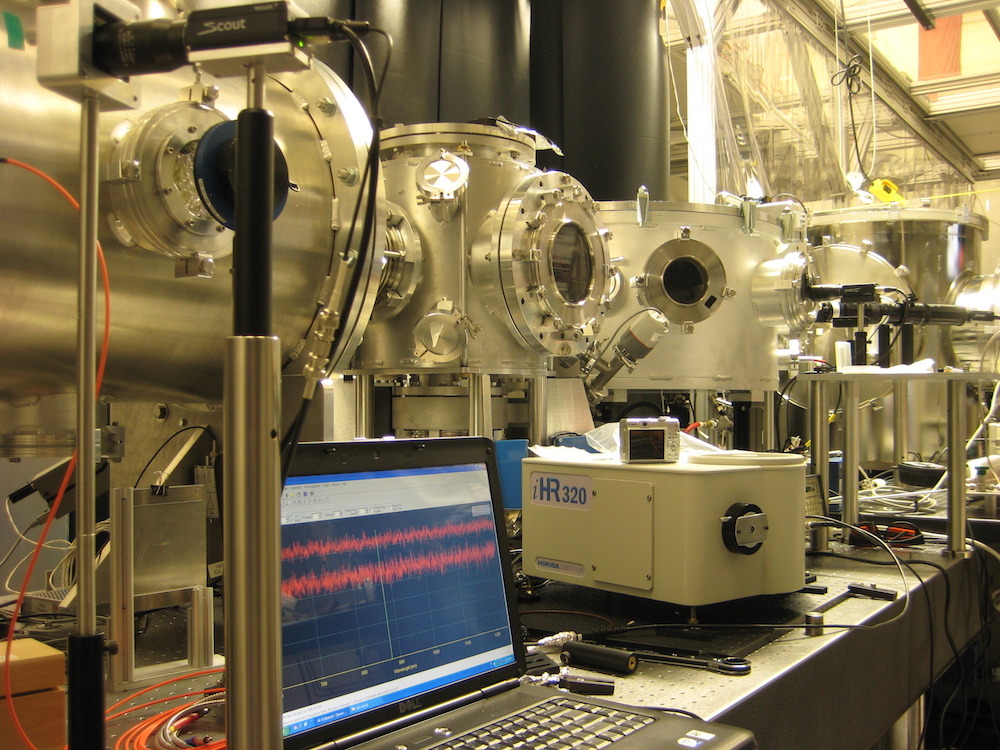Physicists at the University of Texas have managed to not only generate particle energy and speeds previously unknown; they have also reduced the size of the particle accelerator from the length of two football fields to a single inch– a factor of about 10,000.
Classified as a “tabletop particle accelerator,” the device is capable of accelerating half a billion electrons to 2 gigaelectronvolts over a distance of about one inch– energy and speed that could previously be generated only in a handful of massive, multi-million dollar facilities.
Mike Downer, professor of physics at the University of Texas’ College of Natural Sciences, headed the research and is confident it will only lead to further innovation and discovery. His results were published this week in the science journal Nature Communications, and represent a massive advance in the accessibility and potential of molecular research. Downer explains that, “The X-rays we’ll be able to produce are of femtosecond duration, which is the time scale on which molecules vibrate and the fastest chemical reactions take place… They will have the energy and brightness to enable us to see, for example, the atomic structure of single protein molecules in a living sample.”
The method the University of Texas physicists utilized appears primitive to the untrained eye; a strong laser (produced by the Texas Petawatt Laser) is simply directed into a brief puff of gas. The laser-plasma acceleration process is much more complex, however: Downer compared it to what would happen if you threw a motorboat into a lake with its engines running. “The boat (the laser) makes a splash, then creates a wave as it moves through the lake at high speed. During that initial splash, some droplets (charged particles) break off, get caught up in the wave and accelerate by surfing on it. At the other end of the lake they get thrown off into the environment at incredibly high speeds. That’s our 2 GeV electron beam.”
According to Downer, no additional, major advances need to be made for the scientific community to benefit from this latest development: “If we can just keep the funding in place for the next few years, all of this is going to happen. Companies are now selling petawatt lasers commercially, and as we get better at doing this, companies will come into being to make 10 GeV accelerator modules. Then the end users, the chemists and biologists, will come in, and that will lead to more innovations and discoveries.” The outlook is certainly bright for physicists eager to observe the atomic structure of matter in closer detail.

